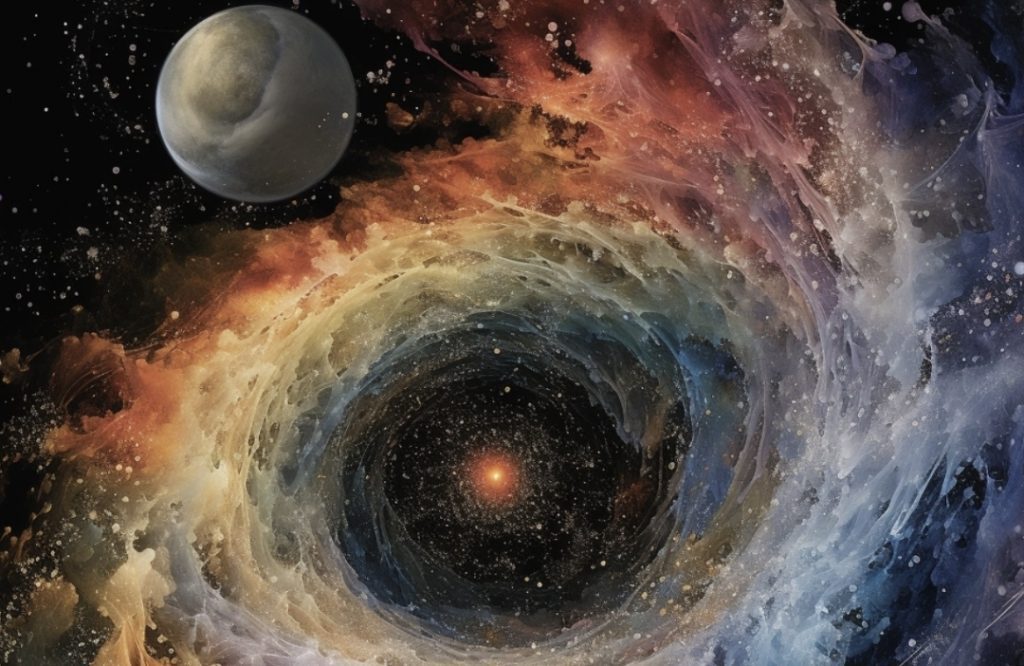Unlocking Cosmic Secrets
Unlocking Cosmic Secrets Physicists Develop Method to Detect Ultra-Low-Frequency Gravitational Waves

A team of physicists has achieved a groundbreaking milestone by developing a method capable of detecting gravitational waves with astonishingly low frequencies. This breakthrough could potentially unlock the mysteries surrounding the early phases of mergers between supermassive black holes, the heaviest entities in the universe. The research, led by Dr. Jeff Dror, an assistant professor of physics at the University of Florida, and William DeRocco, a postdoctoral researcher at the University of California, Santa Cruz, opens new possibilities for exploring the furthest corners of the cosmos.
The method devised by the physicists has the extraordinary capability to detect gravitational waves oscillating at frequencies as low as once every thousand years. This is a staggering 100 times slower than any gravitational waves previously measured, offering a unique perspective on cosmic phenomena.
Jeff Dror highlights the significance of these waves, stating, “These are waves reaching us from the farthest corners of the universe, capable of affecting how light travels.” The study, recently published in Physical Review Letters, emphasizes the potential of studying these waves from the early universe to construct a comprehensive understanding of cosmic history, akin to the discoveries of the cosmic microwave background.
Gravitational waves, often described as ripples in space, carry crucial information about their origin and age, much like sound waves or ocean waves. The new method focuses on analyzing pulsars and neutron stars emitting radio waves at regular intervals. By observing a gradual slowdown in the arrivals of these pulses, researchers can uncover new gravitational waves.
Jeff Dror’s innovative approach extends the detection range to frequencies as low as 10 picohertz, a hundredfold improvement compared to previous efforts detecting nanohertz-level waves. This breakthrough allows physicists to explore gravitational waves with unprecedented precision and delve into their potential sources.
While gravitational waves with frequencies around a nanohertz have been previously detected, their origin remains uncertain. The prevailing theories suggest they result from mergers between supermassive black holes or cataclysmic events in the early universe. The new detection method offers the prospect of differentiating between these possibilities, shedding light on the behavior of these enigmatic cosmic objects.
Looking ahead, Dr. Jeff Dror emphasizes the importance of analyzing newer datasets. The study utilized data primarily from 2014 and 2015, and ongoing pulsar observations since then present an opportunity to further refine our understanding of the cosmos. Dror also plans to leverage UF’s HiPerGator supercomputer for simulations on mock data, accelerating the unraveling of cosmic history with enhanced efficiency.
This groundbreaking research not only expands our ability to perceive the universe’s most subtle phenomena but also brings us closer to deciphering the intricacies of supermassive black hole mergers and early cosmic events that have eluded our understanding until now.

